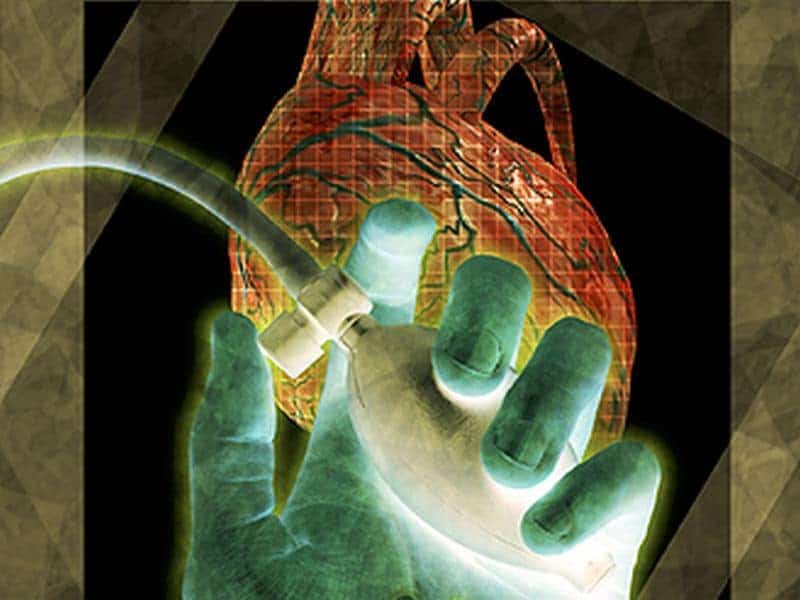WEDNESDAY, Oct. 30, 2019 (HealthDay News) — From 2011 to 2017, the age-adjusted mortality rate decreased for heart disease, but the number of heart disease deaths increased, according to a study published online Oct. 30 in JAMA Cardiology.
Stephen Sidney, M.D., M.P.H., from Kaiser Permanente Northern California in Oakland, and colleagues examined national changes in the U.S. population aged 65 years and older and in the age-adjusted mortality rates and number of deaths listed with an underlying cause of heart disease, coronary heart disease (CHD), heart failure, or other heart diseases from Jan. 1, 2011, to Dec. 31, 2017.
The researchers found that during the study period, the total size of the population of U.S. adults aged 65 years and older increased 22.9 percent, while the population of adults younger than 65 years increased 1.7 percent. The age-adjusted mortality rate decreased 5.0 and 14.9 percent for heart disease and CHD, respectively, and increased 20.7 and 8.4 percent for heart failure and other heart diseases, respectively. There were increases in the number of deaths by 8.5, 38.0, and 23.4 percent for heart disease, heart failure, and other heart diseases, respectively, while for CHD, deaths decreased 2.5 percent. Eighty percent of heart disease deaths occurred in adults aged 65 years and older.
“The projected 44 percent increase in the number of adults aged 65 years and older from 2017 to 2030 can be expected to create challenges for the capacity of public health and medical care efforts to prevent and manage heart disease,” the authors write.
Abstract/Full Text (subscription or payment may be required)
Copyright © 2019 HealthDay. All rights reserved.



